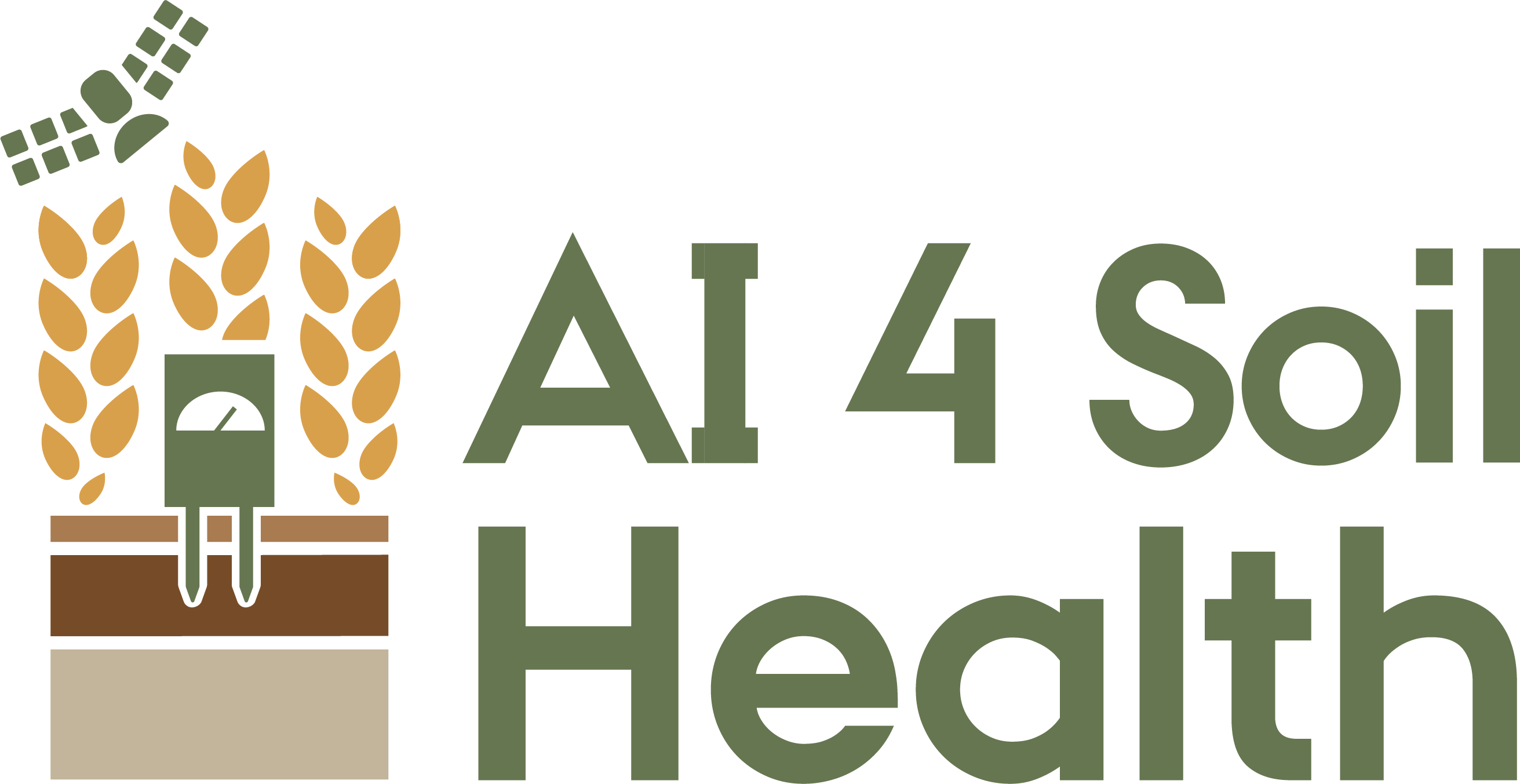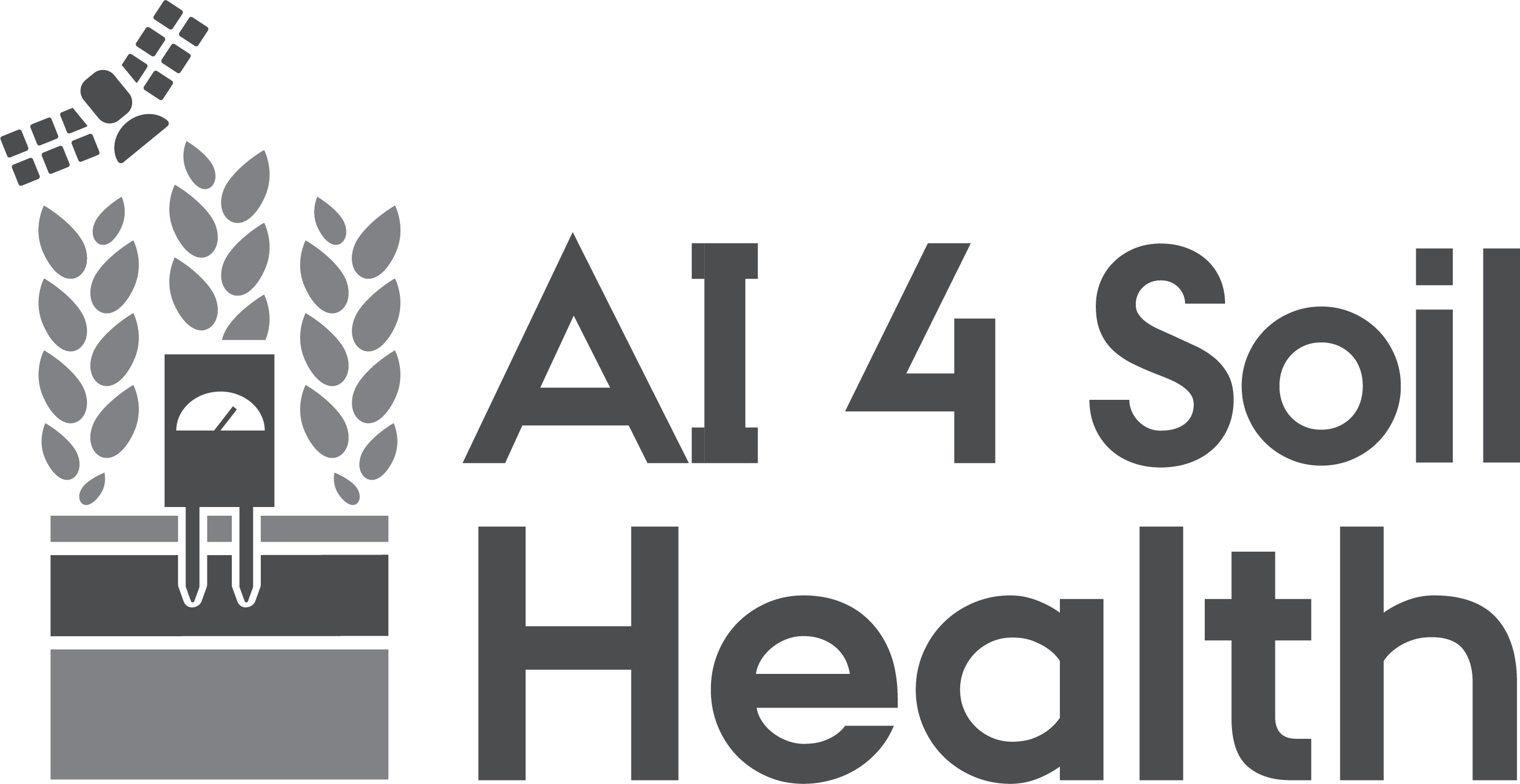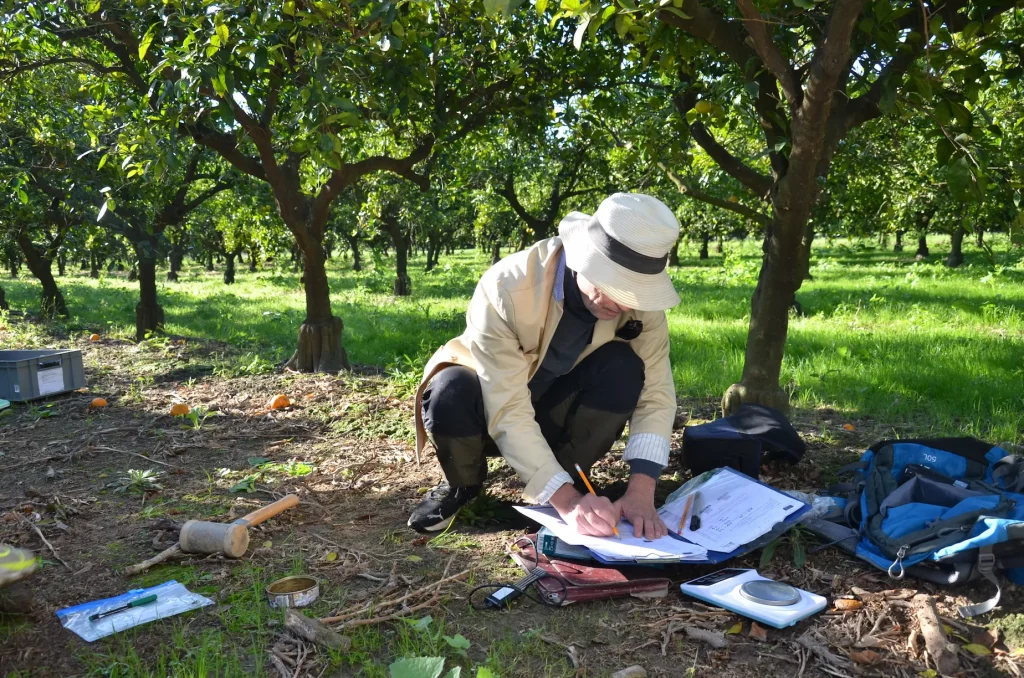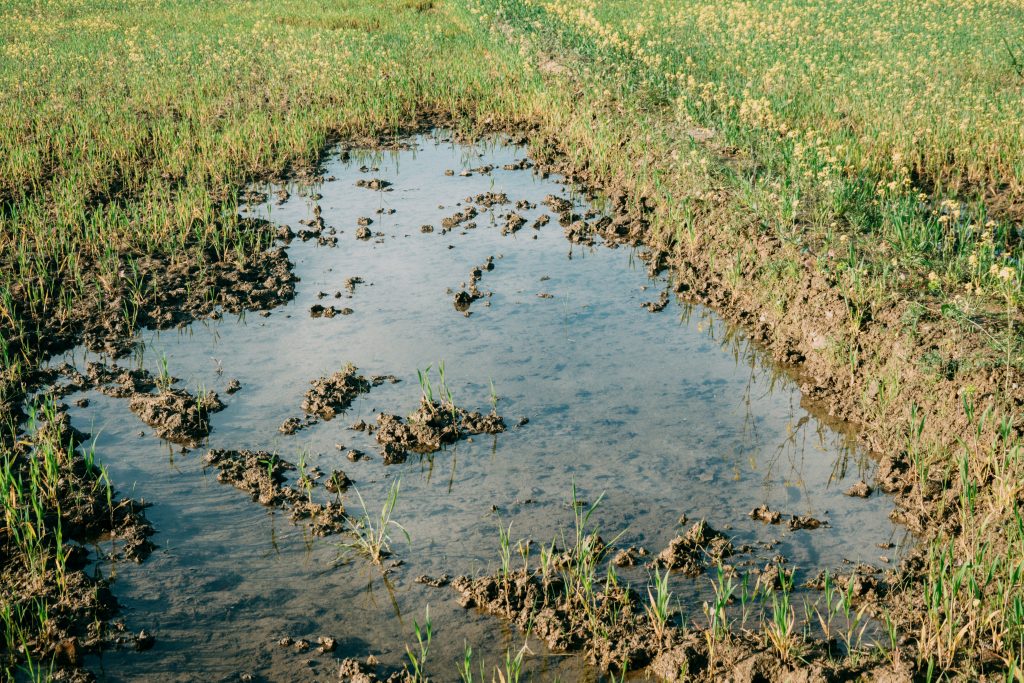In pursuing a comprehensive soil-centric research angle, AI4SoilHealth connects with members of the wide soil community (academia, policy officers, land managers, and farming associations) to collect their insights about soil health and explore possible improvement routes in its definition, monitoring, and management.
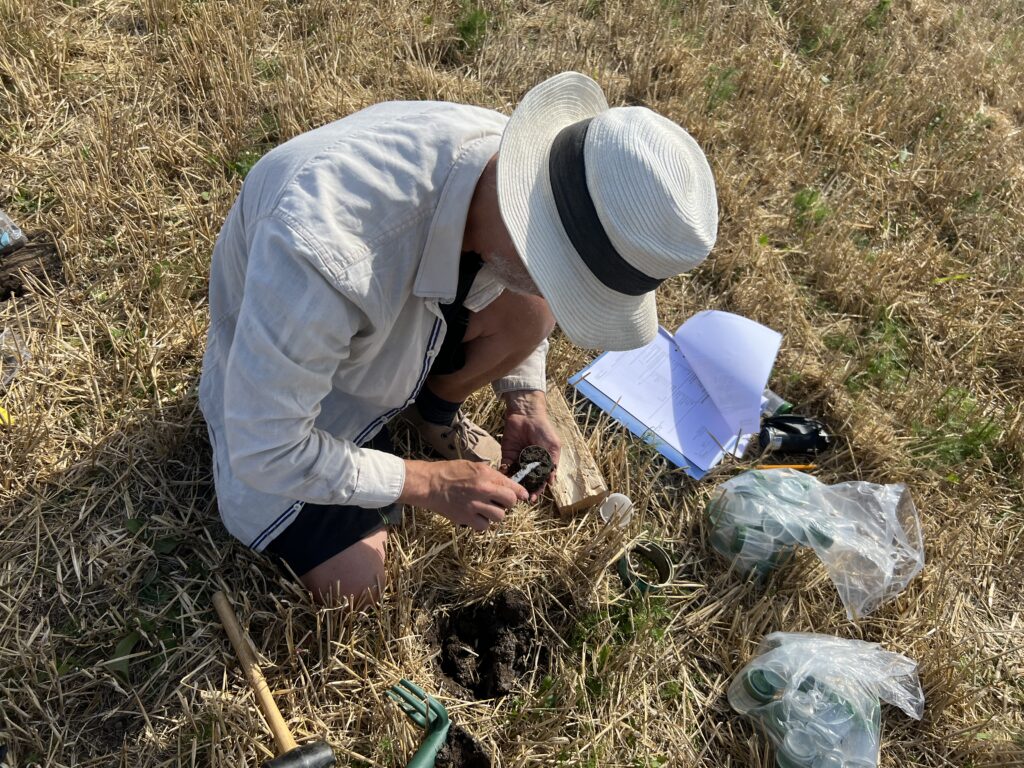
Soil sampling at a Swedish pilot site
This article covers a conversation with Dr. Arwyn Jones (EC, JRC) written by Valentina Malcotti, Giovanna Giuffrè (ISINNOVA)
Soil has often been described by the FAO (Food and Agriculture Organisation) as the “silent ally” of life on Earth. It nurtures ecosystems, sustains agriculture, and supports urban resilience. Yet, despite its fundamental role, soil remains one of the least known natural resources. As part of the Soil Dialogues Series by AI4SoilHealth, we reached out to Dr. Arwyn Jones, a leading soil scientist at the European Commission’s Joint Research Centre (JRC), to explore data needs for soil related policies. With decades of experience in soil research and policy, Jones is a pivotal voice in rethinking how we value and manage this hidden wealth.
According to Jones, the label “natural capital” is a powerful lens for understanding soil’s value across environmental, economic, policy, and societal dimensions. Natural capital encompasses the resources and services provided by nature—soil, water, air, and biodiversity—that provide the basis for all other forms of capital, including financial, social, and human capital. “Soil health underpins critical ecosystem services, from food production to carbon sequestration and water purification, but it’s a challenge to communicate this complexity to the public”, says Jones. The concept of natural capital offers a way forward, framing soil as an invaluable resource whose health directly impacts societal well-being.
New tools and frameworks for soil awareness
As EU policies advance towards sustainable soil management, new tools and frameworks aim to bridge knowledge gaps and ensure soil’s rightful place in public consciousness and policymaking. The hidden impacts of our everyday consumption choices on global soil health are partly revealed by tools such as the Consumer Footprint Calculator developed by the EU under the inspiration of consumer footprint initiatives. “At the JRC” – Jones informs – “some are working on developing a global soil footprint calculator, and we are considering strengthening efforts to explore global trade dynamics and their impacts on soil degradation”.
Balancing domestic soil conservation with global trade practices that risk externalising soil degradation elsewhere is challenging. Integrating soil health into international dialogues, such as the EU-Africa partnership, could amplify soil importance in broader sustainable development agendas.
Data visualisation as a game-changer
All initiatives aiming to raise societal awareness rely on accurate soil data—what is collected, how it’s used, and how it paints both local and global pictures. Jones believes data visualisation is a key tool for transforming public perception of land pressures. Dashboards displaying aggregated data on issues like soil erosion, pollution, and degradation can create impactful visual stories through maps that citizens can readily interpret: “When you see a red area over where you’re living, people tend to take notice“, Jones highlights.
However, effective data visualisation and dissemination hinges on harmonised data collection and regular updates. “The Soil Monitoring Law is a game-changer,” explains Jones, “It obliges member states to collect and share soil data, enabling us to identify trends and implement effective policies.”
Innovation to monitor change in real-time
One of the biggest challenges in soil health monitoring, according to Jones, is demonstrating change. He advocates for combining greater soil awareness with visible, dynamic evidence from monitoring campaigns capable of capturing how soil health evolves over time.
On top of the soil district-level data collection charted in the SML, earth observation systems like Copernicus and other geospatial tools can bridge data gaps by offering an unprecedented opportunity to monitor trends, such as soil erosion or organic matter changes, at scale and in real-time.
“Portable spectroscopy and sensors attached to agricultural equipment further amplify this potential”, Jones observes, enabling real-time soil health assessments directly in the field. Such advancements promise a shift from static snapshots to dynamic storytelling—a crucial development for evidence-based policy cycles.
Innovative techniques like environmental DNA (eDNA) are transforming soil science. Portable DNA extraction systems could soon enable in-field biodiversity assessments, providing a real-time view of soil health. This technology has the potential to offer more nuanced insights into soil’s living systems, capturing the intricate relationships between land management and ecosystem services.
Quality indicators and data prioritisation
Achieving sustainable soil management requires data prioritisation. The EU’s focus on carbon sequestration is well-established, but Jones feels “pollution remains a challenging metric, requiring better measurement techniques”. Pollution monitoring could become a cornerstone of soil quality frameworks, offering insights into both agricultural practices and ecosystem health.
Moreover, greater spatial precision and a denser sampling network would enhance data reliability. Harmonising indicators and methodologies across member states is essential for creating a cohesive, actionable understanding of soil health trends.
The value of citizen science for monitoring urban soils
Jones believes urban soils are a glaring blind spot (subsoil knowledge is another). To address this knowledge gap in current soil health frameworks, Jones feels the EU must harness citizen science. Engaging communities to monitor urban parks and gardens could yield invaluable data while fostering a culture of environmental stewardship. Apps that identify biodiversity elements through images, such as the plant-tracking app PlantNet, have already demonstrated the power of public participation. Expanding such initiatives to include soil could transform urban soil monitoring. “If soil health monitoring could become as mainstream as birdwatching, we’d see a profound cultural shift,” Jones notes, highlighting the potential of public involvement in reshaping perceptions of soil’s value.
Balancing soil data access and privacy
Soil sits at the crossroads of being both a public good and a private asset, complicating its accessibility. Some member states classify soil data under GDPR due to its links to land ownership, with farmers fearing land devaluation if poor soil health is disclosed. Others see soil as a tradable resource, limiting accessibility. “This tension constrains us in how we can disseminate soil information”, notes Jones, affecting data sharing and policy impact. Transparent yet secure data management is essential to address these challenges.
Investing in the wealth beneath our feet
Our conversation with Dr. Arwyn Jones highlights the urgency of redefining soil as natural capital to build societal, economic, and environmental resilience. By fostering public engagement, embedding soil health into global dialogues, leveraging innovative technologies, identifying robust soil health indicators, and standardising data collection methods, we can preserve the hidden wealth beneath our feet for generations to come.
